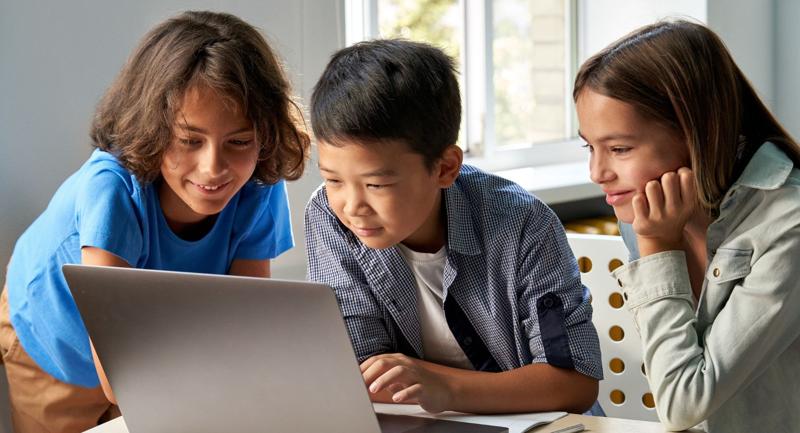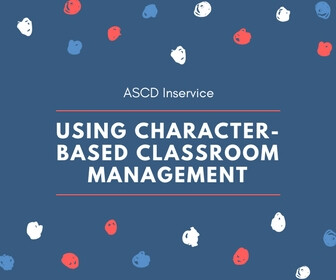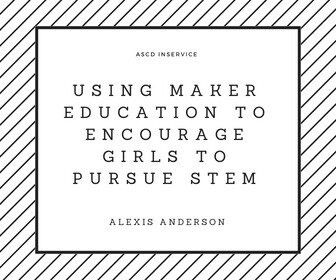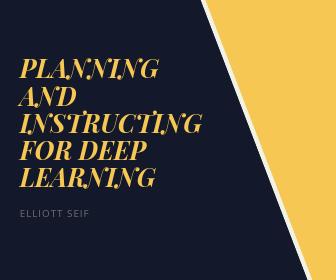When Ben started teaching high school social studies a decade and a half ago, he figured his main job was to transmit knowledge: dates, events, causes, and effects. He was the sage on the stage, lecturing away with an occasional discussion question thrown in. Students took notes conscientiously, did assignments, and performed well on tests. By traditional measures, learning was taking place.
Or was it?
Julia, an assistant principal for instructional leadership, was at the time in very close collaboration with Ben to observe and improve classroom engagement within the social studies department. Their partnership, forged through classroom observations, student feedback sessions, and data analysis, had uncovered a troubling trend. The closer they looked at student learning, the more concerned they became: Though students could recite facts and concepts, many were not engaging with the material in a meaningful way.
They were not seeing themselves in history. They were not struggling with how the forces that worked in the past still work in their world today. Most importantly, they were not finding their own voices in the story of human existence.
This realization provided a profound revision of our social studies department's teaching practices. We became aware that good social studies teaching is not merely the communication of knowledge—it involves assisting students to formulate and convey their own ideas about the human experience.
Why Student Voice Is Important in Social Studies
Social studies classrooms are a rich terrain for cultivating student voice. These disciplines—history, civics, economics, and geography—are all about making sense of how societies work, how power is exercised, and how individuals and groups make their way through intricate social systems. When students are encouraged to bring their real voices to these inquiries, amazing things happen:
- Greater engagement: Students learn more intensely when they feel like players, rather than spectators.
- Critical thinking: Students analyze, evaluate, and synthesize information—using higher-order thinking skills to express their ideas.
- Authentic learning: Learning becomes more meaningful and lasting when students express connections between course material and their lived experience.
- Civic preparation: Democracy needs citizens who can express themselves effectively and engage intelligently with a range of opinions.
Because amplifying student voice in social studies can have such a profound effect on learning, we’ve developed three concrete strategies that we’ve tried out in our own high schools to great effect.
Social studies classrooms are a rich terrain for cultivating student voice.
Strategy 1: Co-Constructing Classroom Culture with the Values Artifact
When students assist in developing classroom norms and expectations from day one, they have a stake in their learning environment. In his AP World History class, Ben replaced the typical "classroom rules" sheet with a more student-centered approach that prioritizes student voices. Instead of imposing behavioral expectations, he leads a process where students establish values to shape their learning community.
The completed Values Artifact (which is publicly posted throughout the year) captures students’ dreams of their optimal learning community. Significant themes routinely surface:
- Respect: “Listen to others' opinions, beliefs, perspectives.” “Be willing to help one another.” “Be kind to yourself.”
- Responsibility: “Own up.” “Try—even a little bit—on most days.” “Be engaged.” “Submit on time.” “Be prepared.”
- Growth Mindset: “There’s always room to grow even when you don't ‘get it.’” “Fail and try again.” “Know that you might be wrong, and that's okay.”
- Openness: “Welcome new ideas.” “Experiment with new things.” “Accept multiple learning styles.” “Make space for difficulty.”
Student-generated norms and expectations in Ben’s classroom. Photo courtesy of Ben Niewoehner.
When issues come up in class, Ben can point to wording students themselves wrote, which means much more than directives from the teacher.
Though this process can be valuable in any classroom, it’s particularly useful in social studies education because it mimics the core principles of democratic participation and group decision making. Perhaps most importantly, it establishes the tone early on that students' opinions matter in shaping the shared experience of learning.
Strategy 2: Exploring Personal Links to Power through Power Poems
Social studies classes tend to analyze power relationships—how power is allocated, exercised, contested, and transformed. These analyses tend to remain abstract unless students are given a chance to reflect on their own relations with power. An activity called Power Poems invites students to struggle with the idea of power in their own lives. The several-day process is as follows:
- Define and discuss: Together, students build a working definition of power. (For example, “The ability to control, force, and/or influence.”) The class talks about the positive and negative connotations of each component of their definition.
- Generate “power is” statements: Individually, students complete sentences beginning with “Power is…”, with examples from their own lives, communities, and course materials. This helps them identify several forms of power in various settings.
- Compare and share: Students share their statements in pairs, comparing similarities and differences. In this sharing, they are exposed to various views on power.
- Analyze sources of power: Students consider whether power ultimately derives from spiritual origins, social constructions, or natural forces. A three-minute free writing exercise assists them in developing their thoughts.
- Examine power in practice: Students view Oprah Winfrey’s Cecil B. DeMille Award acceptance speech, exploring what specifically renders her powerful, what renders her speech powerful, and what she says about power itself.
- Synthesize through poetry: Students express their knowledge about power through any form of poem that they prefer to create.
The resulting poems give students ways to think critically and creatively about how power operates in the world around them. Through writing, they explore different forms of power and consider how those forces show up in their own lives. The poems reflect students’ nuanced engagement with complex ideas, demonstrating their ability to connect abstract concepts to personal experience and express those connections in their own voices.
Strategy 3: Documenting Community Stories with the Humans of NeoCity Project
Social studies explores how individual histories converge to form shared experiences. In involving students in gathering and disseminating these stories, we enable them to see the worth of ordinary viewpoints in comprehending general social phenomena.
In partnership with a former colleague, Amanda Schirmer, who developed the activity for a previous learning environment, Ben created the Humans of NeoCity activity—a nod to the school’s name, NeoCity Academy—inspired by the popular Humans of New York photoblog. The project invites students to act as social historians of their school community, capturing and sharing personal stories to better understand the people and dynamics around them. The activity unfolds in the following three steps:
- Intentional dialogue: Students interview each other, starting with powerful questions such as, "When was a time you felt broken?" or "Who impacts you most and why?" They are taught active listening and follow-up questioning to gain more insightful answers.
- Quote selection: Students select one quote from the interview that most encapsulates something vital about their subject's experience or viewpoint. This involves careful attention to which words most accurately capture their subject's voice.
- Visualization: Students make images that consider their subjects, reflecting on how visual elements can contribute to storytelling.
Finished projects—a mixture of rich quotations with compelling photographs—form a mosaic of the school community’s voice. Students compile their quote and picture into a document that is printed and displayed on the wall of Ben’s AP World History classroom all year long. This display of rich quotes and compelling photographs serves as a reminder that the classroom community is rooted in respect and empathy, that “everybody has a story.” Students become appreciative of other experiences as they master documentation, curation, and sensitive presentation of other people's stories.
The mosaic displayed in Ben’s classroom. Above it hangs a sign, which reads “Seek first to understand, then to be understood.” Photo courtesy of Ben Niewoehner.
What We’ve Learned Along the Way
Student voice-centered teaching is not without challenges. Educators might be concerned with:
- Will the promotion of more student expression create chaos?
- Will it take up too much time?
- How do we assess these more subjective manifestations?
- What if students hold unfavorable opinions?
These are valid concerns, but not impossible ones to address. Is there organized chaos in this? Yes, absolutely. However, the richness of what is generated builds relational capacity, and no one can put a price on that. Ben gets to learn from his students and laugh with them throughout the process. It’s a reminder that we’re all human and have a story to tell. Explicit guidelines and expectations can keep fruitful conversations on a productive track. Carefully crafted activities can augment learning about core material rather than distract from it. Rubrics can measure process and critical thinking rather than "right" opinions. And with skilled facilitation, challenging subjects are turned into occasions for learning rather than landmines.
The bigger danger, we've discovered, is not providing these spaces for genuine expression. If students don't have a way to contribute their voices, they'll opt out altogether.
From Voice to Agency
Expanding student voice is about building student agency—the ability to act with intention and make decisions that matter. In social studies, this involves not only informing students about the world but helping them to view themselves as participants in it.
When we create learning experiences that invite authentic expression, validate diverse perspectives, and connect content to students' lived experiences, we transform social studies from a record of the past into a lab for active citizenship. We help students recognize that history is not just something that happened—it's something that they are actively creating through their participation and voice.








